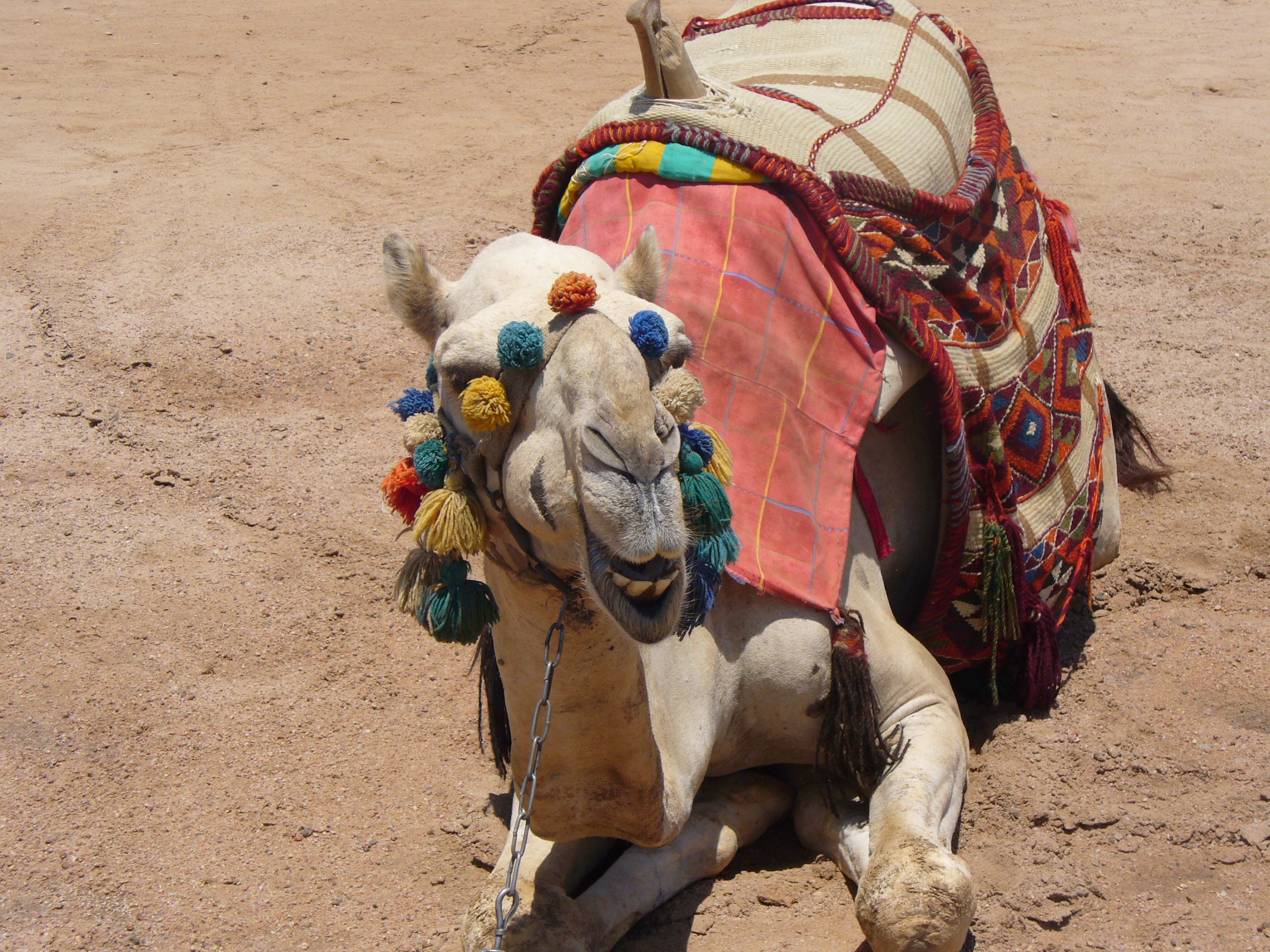Visiting places to savor the local culinary traditions first-hand is one the reasons we travel abroad. International travelers, particularly the introverted ones, need to muster a good dose of bravery and sense of curiosity to order unfamiliar foods in unknown and uncomfortable surroundings. This is especially true when the menu is in an undecipherable language in a different alphabet, and we are asked to rely on fate and our instincts; the latter can fail us, and the former has a remarkably dark sense of humor at times.
The more intrepid and seasoned travelers may not even notice how odd the food they are presented with is, while the less experienced ones may be afraid of pushing their limits and experiment with new culinary traditions.
Regardless of which category you fall under (we personally feel we fall right in the middle), there are times when our preconceptions preclude us from finding pleasure in what we savor and consume. Our taste buds tell us what we are experiencing is delicious, while the years and years of cultural norms and societal conformity tell us: no, you shouldn’t be eating that!
We will take you on a brief journey through the interesting culinary encounters we have had in Greece, Egypt, Italy, and Mexico. Ready for some food for thought?
NOTE: we are not regimentally vegan when we travel. First because we want to get a real feel for the culture, and as the saying goes: “we are what we eat.” Not experiencing the local culinary traditions would mean doing ourselves a disservice and the hosts an injustice. All cuisines are beautiful and meaningful. Second and most importantly, there are people in less fortunate parts of the world that are afflicted by food insecurity and malnutrition. We don’t mean any disrespect or disregard for their plight, and so we thankfully eat what we can find.
Greece
The first time we went to the Cyclades, Greece, we befriended a lovely restaurateur who threw us a good-bye party the night prior to our departure.
Of all the wondrous culinary treats that his family prepared and served during the dinner, the one that stood out the most both in the complexity of the flavor profile and uniqueness in texture, was an appetizer of charcuteries. While complimenting the chefs for the exquisite presentation and flavor, we were informed that what we were so heartedly savoring was cured donkey meat.
I love all animals and donkeys have a special place in my heart, so I am going to leave it at that.



Egypt
During a small group excursion in the Egyptian desert, about 100 miles West of the Red Sea, we walked and walked for what seemed to be a lifetime. Destination: a small oasis where refreshments, relaxation and local hospitality awaited us.
The lunch included a communal plate of flatbreads and meats in a delicious harissa and tomato sauce. The guide instructed us to take a piece of bread and scoop up a good amount of saucy meat. Spicy indeed it was, but also a little on the chewy side. Unable to identify what I was ingurgitating so voraciously, I asked to explain what was in the sauce. “All parts of camel, of course!”, our guide proclaimed with excitement. Not knowing if it was the truth or a joke aimed at making silly, gullible tourists squeamish, I smiled, complimented the chef, and continued to eat politely but with an evident appetite.

Italy
Often times we are so accustomed to our local and regional cuisine that we end up on the opposite side of this phenomenon and only realize it when we witness an outsider experiencing dishes for the first time. An example of this is on my husband’s first trip to Italy, having a home cooked delicacy from my childhood.
Having lived my whole life in the U.S., I’ve had (Americanized) Italian food as far back as I can remember. After arriving in Italy, I was mostly familiar with the majority of food encountered and, as expected, blown away by the quality and freshness of these authentic dishes. Each day I was constantly stuffed with delicious snacks, appetizers, meals, and desserts by my soon-to-be in-laws but with every compliment I was told to just wait for what would be made at the end of the week.
A few calls during the week to reserve and reaffirm the reservation of Sunday morning’s catch resulted in a first light trip down to the fish market. Back at the house, everyone was eagerly awaiting lunch time. Some hours later, I sat down and was given a plate of whole baby octopi cooked in their own ink.

Mexico
We confidently and excitedly asked where we could have the most authentic life-changing taco experience. Everyone we asked pointed us in the direction of a small family-run taqueria, where everything is locally raised, grown and sourced. We arrived, exchanged puzzled looks of wonderment; was that really the right place. The people around us seemed to be as confused as we were. Not many tourist dined at the taqueria, we were later told.
While a fragrant smell in the air alluded to a delectable meal, our eye caught a kaleidoscopic array of pimientos and spices. Thinking that nothing harmful could come from delicious aroma, we sat at a small, inconspicuous table wrapped in a plastic tablecloth. We asked our server to please treat us to the freshest cuts and delicacies their culinary traditions dictate, as we were first timers in Mexico and looking for the real deal. He nodded happily.
A few minutes later they came sizzling on a tray, tacos with homemade tortillas on a bed of onion and cilantro. Then the server announced that the best accompaniment to eye and brain (looked like shredded beef) tacos is with a squeeze of lime and pickled habanero. After getting over the slightly gummy texture, it can be said that we enjoyed our meal.
To Sum it up…
Meal sharing is something that has connected humans and built communities for centuries. In every part of the world, there are unique culinary traditions passed down the generations that carry with them a piece of history, culture, and emotion that give us a glimpse into the past and a better understanding of who we are today. To partake in these traditions is to deepen a connection with all of humanity throughout time and share in what it means to be here, now, to pass it on to the next in line.









